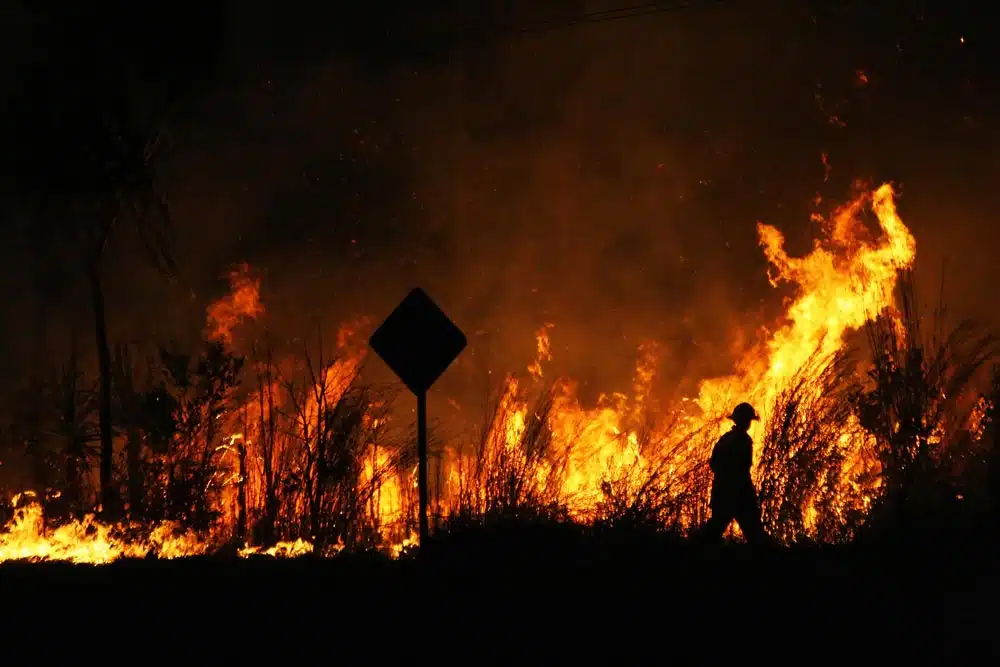In Australia, the threat of bushfires is a constant reality that shapes our lives and landscapes. These natural disasters, fuelled by our unique climate and vegetation, can cause devastating damage to properties and ecosystems and pose a significant risk to human life.
One of the key components of bushfire safety is understanding the level of risk your property faces and taking appropriate measures to mitigate this risk. This is where a Bushfire Attack Level (BAL) Report comes into play. In this blog post, we’ll guide you through the process of creating a BAL Report, explaining what it is, how the assessment works and how bushfire protection professionals can assist you.
What Is a Bushfire Attack Level Report?
A Bushfire Attack Level (BAL) Report is a critical document that provides an assessment of the potential exposure to bushfire that a building or property may face. It’s an essential part of bushfire management in Australia, as it helps property owners understand the level of risk they face and what measures they need to take to mitigate this risk.
The BAL Report is based on several factors, including the Fire Danger Index, the type of surrounding vegetation, the distance of the building from the vegetation and the slope of the ground. The report classifies the risk into six levels, from BAL-LOW, indicating a low risk, to BAL-FZ, indicating a flame zone with the highest risk.
What Is a BAL Certificate and When Are They Required?
A BAL Certificate is a report often required by council to be completed and submitted during the development application process. If you are intending on building, renovating, or purchasing an existing property on bushfire prone land, a BAL certificate will likely be required.
How Does a Bushfire Attack Level Assessment Work?
The process of creating a BAL Report begins with a thorough assessment of the property and its surroundings. This involves a detailed examination of the vegetation type and density, the slope of the land, and the proximity of the property to the bushfire prone areas.
The data collected is then analysed in accordance with the Australian Standard AS 3959-2018, which provides a framework for assessing the bushfire attack level. The result is a BAL rating that indicates the level of bushfire risk.
The BAL Report not only provides a risk rating but also outlines the necessary construction requirements for new buildings or renovations to existing structures. These requirements are designed to improve the building’s resilience to bushfire attacks.
How Can Bushfire and Environmental Management Consultancy Help?
Engaging bushfire protection professionals can be invaluable in navigating the complexities of bushfire risk assessment and mitigation. These consultancies offer a range of services, including the preparation of BAL Certificates & Reports.
The consultants are well-versed in the Australian Standard AS 3959-2018 and have the expertise to accurately assess the bushfire risk. They can provide practical advice on how to reduce this risk and meet the necessary construction requirements. They can also assist in liaising with the local council and other regulatory bodies, ensuring that all bushfire management measures are compliant with the relevant regulations.
Looking for Comprehensive Fire Safety Assessments in Newcastle?
As a fully insured and accredited bushfire consultant, Bushfire and Environmental Management Consultancy is proficient in executing a range of bushfire-related services. These include the issuance of BAL Certificates, conducting bushfire assessments and creating comprehensive bushfire reports. We also offer expert guidance in bushfire planning, always adhering to the highest industry standards.
If your property is located within the designated bushfire prone land map, it’s mandatory for your development to meet the stipulated bushfire standards. We’re here to help ensure that compliance, providing detailed bushfire attack level assessments. Our services extend across various regions, including Newcastle, the Mid North Coast, the Hunter Valley, the Central Coast and Port Stephens.






